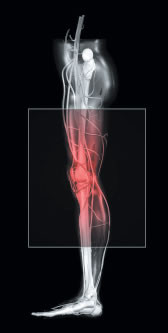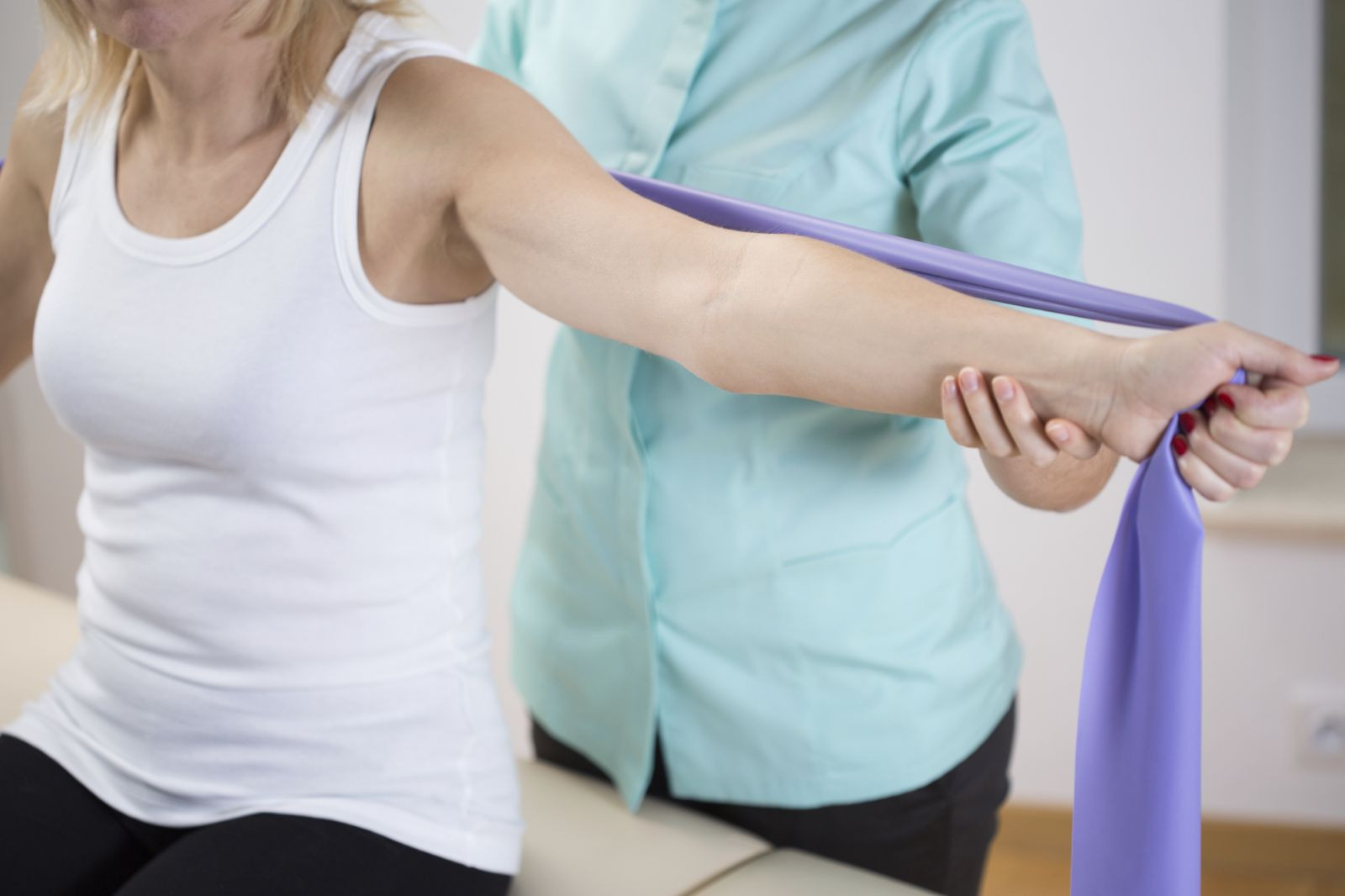
5 timeless habits for better health

What are the symptoms of prostate cancer?

Is your breakfast cereal healthy?

When pain signals an emergency: Symptoms you should never ignore

Does exercise give you energy?

Acupuncture for pain relief: How it works and what to expect

How to avoid jet lag: Tips for staying alert when you travel

Biofeedback therapy: How it works and how it can help relieve pain

Best vitamins and minerals for energy

Should you take probiotics with antibiotics?
Pain Archive
Articles
Osteoarthritis relief without more pills
It's possible to ease arthritis pain and stiffness without medication, but it takes some work. |
Here are some steps you can take to reduce your reliance on medication to control symptoms and stay functional.
What triggers back pain?
There's been a lot of research on what puts men at greater risk of back problems, like being overweight or sedentary. But we know less about what exactly triggers a bout of back pain. A new study in Arthritis Care and Research helps fill that gap.
The study involved 1,000 people who went to 300 different clinics in Australia with low back pain. The researchers carefully interviewed the participants to figure out when the back pain started and possible triggers they noticed within two hours of when the pain started.
Opioid painkillers: Take the strong stuff only when you need it
It should be matched to the right pain condition and used for a limited time—then switch to safer options.
Over-the-counter pain relievers are great for ordinary aches and pains, but for severe, unrelenting pain that interferes with daily life, you may need something stronger. In such cases, men may end up taking medications called opioids, which block pain perception in the brain. The best-known opioid drugs are oxycodone (OxyContin, Percocet) and hydrocodone (Vicodin).
Acetaminophen: Minimal relief for knee arthritis pain
The pain from an arthritic knee can be intense, limiting daily activities and independence. Men can try a range of medications, but overall acetaminophen (Tylenol, other brands) appears to relieve pain only slightly better than a placebo pill, according to a research review in Annals of Internal Medicine.
The researchers pooled results from 137 randomized clinical trials involving about 33,000 people with knee arthritis and compared the relative effectiveness of the following treatments:
Could that leg pain be peripheral artery disease?
The pain of peripheral artery disease may be felt above or below the knee during activity, and will fade with rest. Image: Thinkstock |
The telltale sign is leg pain and fatigue that comes on with activity and goes away with rest.
When are opioids safe to take?
Opioids are commonly used to control acute, intense pain. Meditation, yoga, and acupuncture may help control pain when tapering off opioids. |
Although these powerful pain relievers can be addictive, opioids are safe for most people when used properly.
Keep moving when knee or hip pain strikes
Mobility relies on the body's two largest joints, the hips and knees. We ask a lot of both these joints: they must bear our full weight and coordinate movement over a lifetime of standing, walking, running, dancing, and sports. Not surprisingly, hip and knee pain are common complaints, and nearly everyone who lives into old age can expect some trouble with these joints. But taking care of your hips and knees and managing any pain that arises will help you avoid losing mobility as you age.
Try these self-help measures when knee or hip pain strikes:
A therapeutic approach to treating rheumatoid arthritis
For many people with rheumatoid arthritis, medication can help relieve symptoms and even limit joint damage. But nondrug approaches, such as physical and occupational therapy, are also essential to help reduce pain, improve range of motion, increase strength, and protect joints.
Specially trained clinicians can provide these nondrug treatments. Your primary care doctor or rheumatologist may refer you to a physiatrist, physical therapist, or occupational therapist, for example.
Healthy travel: Don't let this common hazard spoil your best-laid plans
Long road trips also carry a risk of deep-vein thrombosis. Take a break to stretch your legs every hour or so. Image: Thinkstock |
Long trips come with an increased risk of blood clots deep in the leg veins, which can have serious complications.
Ask the doctor: What can I do for bunions?
Image: Thinkstock |
Q. I have developed bunions, making it impossible to wear most of my shoes without pain. Is there anything I can do to help the problem without undergoing surgery?
A. There are several things that can be done for bunions, which develop when the first metatarsal bone of the foot turns outward and the big toe points inward (toward the other toes), causing the joint to bulge outward. A podiatrist would be able to suggest ways to relieve your pain and prevent your bunions from getting worse. He or she will likely recommend different types of shoes, especially if you've been wearing shoes with pointed toes, high heels, or both. Podiatrists often prescribe custom-fitted padded inserts, known as orthotics, that are worn inside your shoes to help relieve pressure on your bunions. Surgery is usually a last resort, but your podiatrist will also be able to discuss the risks and benefits of different types of bunion surgery.

5 timeless habits for better health

What are the symptoms of prostate cancer?

Is your breakfast cereal healthy?

When pain signals an emergency: Symptoms you should never ignore

Does exercise give you energy?

Acupuncture for pain relief: How it works and what to expect

How to avoid jet lag: Tips for staying alert when you travel

Biofeedback therapy: How it works and how it can help relieve pain

Best vitamins and minerals for energy

Should you take probiotics with antibiotics?
Free Healthbeat Signup
Get the latest in health news delivered to your inbox!
Sign Up










